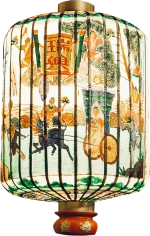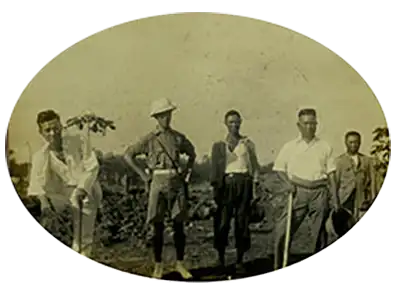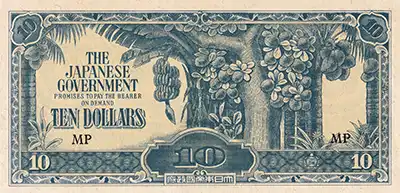


The interwar years of 1918-1941 saw Malaya thrive from selling its rubber commodities to a world that was on a fast track to industrialization. Because of political and economic affiliations, many in the Peranakan community were known to have enjoyed a life of merriment, opulence and lavish living. The Second World War however brought a change to this lifestyle.
On 8th December 1941, just before the bombing of Pearl Harbour, the Japanese invaded Malaya. They landed by plane in southern Thailand, and northern Malaya capturing two airfields, before making their way down south. Within 10 weeks, the troops had successfully managed to invade Peninsular Malaya.
Soon after the Japanese occupied Malacca they made a proclamation that all citizens should return to their homes. One bomb fell in front of the Hong Kong and Shanghai Banking Corporation in Malacca. The very next day the remaining British left for Singapore, giving each government servant one month salary and leaving them to the mercy of the incoming forces. There was looting on a large scale in Malacca.
During the war and Japanese occupation, the Chan family turned their seaside home into a farm that they could live off. Here, life was a far cry from having one maid per child. Family members were tasked to plant kledek (sweet potato), and the children learnt how to catch prawns and fish from the local kampong fishermen. The war changed the community, and by the time the Japanese occupation had ended in 1945, many Peranakan Chinese families had left their lifestyle of 12-day weddings, being match-made, even manek (beading) and other practices.
The world was changing for the Peranakans and they needed to adapt to new practices and ways of living.

Tennis was favoured sport of the Englishmen and the Babas.



Many babas donate funds to help the British Air Force. Cheng Siew is one such Baba.

The worldwide growing industry of automobiles creates a demand of Malaya's Rubber.

The Chan family turns their seaside home into a farm, planting keledek, ubi kayu and rearing chickens. They are one of the fortunate families to have survived this way.

"Banana Money" is the currency used. The Chan boys go to school and are taught the Japanese language.

For a short period, the family goes into hiding with other relatives in the plantation of Tanjung Minyak.

This marks the end of the Japanese occupation of Malaya, and British victory.